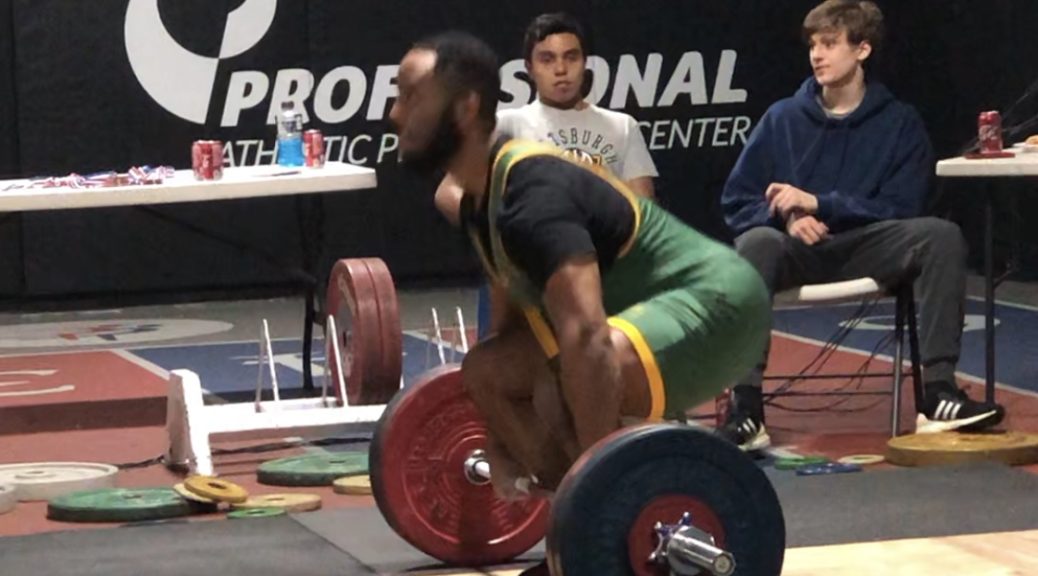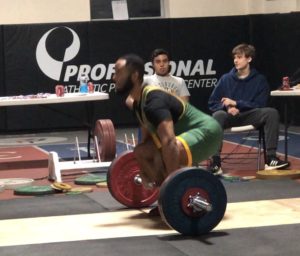Lift with intent!
You may have heard this before. Approach your current lift with a commitment and an express decision to successfully complete the lift. This little nugget of wise advice goes far beyond your current rep. As an athlete, that intent needs to go beyond that immediate rep for long term success. You need that same level of commitment for the training session, training block, and so on. But it goes further than that. Are you intentionally preparing yourself for success as an athlete when you’re not in the gym? Are you prioritizing getting enough sleep, proper nutrition, doing what’s necessary for optimal recovery? Persistence is the necessary ingredient here. This is how we build great habits that pave the way to success.
COACH WITH INTENT!
Coaches program using immediate, short term & long term goals. I’ve found that coaching to the individual athlete yields far better results than a “cookie cutter” approach. So, from a coach’s perspective, I do my best to focus on what the individual athlete needs to successfully reach their goals. To truly optimize my approach and do the best I can for my athletes, it’s important to also continually educate myself to be a better coach. You can say that I coach with intent. I need to focus on what my athletes need right now with an eye on what seeds I need to plant for future growth.
LIVE WITH INTENT!
These same principles apply to life in general. Think about what matters and don’t let yourself be distracted by negativity. Intentionally seek out positive, supportive people and focus your efforts on what’s important. Avoid distractions that take you off track and bring the focus back on what matters to you. Educate yourself – never stop learning. Always seek to improve. Re-evaluate where you’re at periodically & redirect yourself as necessary.
Weightlifting is a process. Life is a journey. Live it with purpose. Live it with intent.

